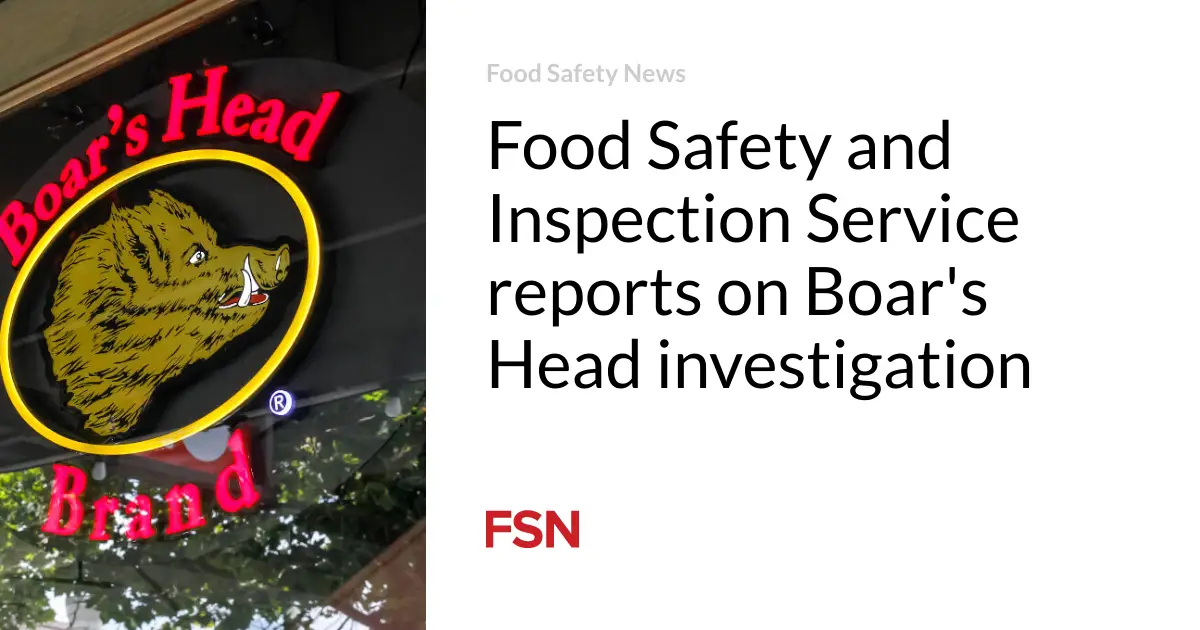Avian flu typically spreads by infecting wild birds and moving along migration routes, but the virus currently running rampant in the US is about to be transported across the Atlantic by plane.
This category A pathogen, which is now spreading among cows in the US, is being sent to a high-security laboratory in the UK so that experts can better understand the potential risks to people and livestock.
“It’s due to be shipped any day now,” said Dr Ashley Banyard, a virologist at the UK’s Animal and Plant Health Agency (Apha) lab in Weybridge, Surrey, last week. “I saw the packaging instructions in my email this morning.” It is essential this virus does not escape into the wider environment: globally, H5N1 has killed millions of wild birds and thousands of mammals.
Although avian flu is widespread in the UK, the specific genome being imported for testing is the only one known to infect cattle, and the US is the only place where it has been recorded. “We really want to know if there’s something special about this particular genotype that’s emerged,” said Banyard.
It is being shipped in a small amount of liquid within three tubes, with dry ice between layers – a bit like a Russian doll. A special courier costs hundreds of pounds to safely transport it door to door.
The virus made headlines in the US in March after it was detected in dairy cows in Texas and Kansas, following widespread reports of a loss of milk production. Since then it has been reported across nine US states, with no sign of slowing. It has also been detected in cats and a human, and is likely to have been spreading for months before it was detected.
“We’re hoping that the American situation will be controlled and be limited further, and then we won’t see this virus in cattle going forward, but you just never know with these things,” said Banyard.
Everyone who works at the Weybridge lab is counter-terrorism checked, and there are multiple levels of locked doors and key cards. “I know it sounds kind of James Bond-esque but it absolutely isn’t – they’re just laboratories,” said Banyard.
From Spanish mink to polar bears in the Arctic and seals in the Antarctic, a range of mammals have been killed by the virus, generally through eating infected meat.
The US outbreak has sparked alarm because it is the first time bird flu has been detected in a cow, and it is not clear how it got there. The fact the virus can spread in dairy herds has led to “enormous concern” it could spread more easily in people, according to the World Health Organization (WHO). Its director general said last week the virus does not show signs of having adapted to spread human-to-human.
A pre-peer review paper published earlier this month is the first to argue the virus came into dairy cows via a single introduction from a wild bird, and that it is transmitting cow to cow. It is currently believed that milk is the primary vector (perhaps via milking equipment) and symptoms are mild, including a drop in milk production and loss of appetite.
In the US, dairy cows being moved across states must now be tested for bird flu. Health officials say milk is fine to drink, provided it is pasteurised, a process which is designed to kill bacteria and viruses.
There are concerns cows may have been infected in other countries where testing is not being done, although Banyard is confident it hasn’t already happened in the UK. “We’ve had more than 380 infected premises across the UK in the past two and a half to three years and have not seen any evidence of these symptoms in cattle,” he said.
Very few livestock animals are brought in from the US, and it is rare for migratory birds to bring bird flu viruses from the US to Europe because it is not a common migration route. In the three years of this H5N1 outbreak, not a single north American strain has been found in Europe. “And everyone in Europe has been looking,” said Prof Ian Brown, a virologist from the Pirbright Institute in Surrey.
after newsletter promotion
Brown said it was a surprise to see it crop up in dairy cows – “It shows us it can get into niches you wouldn’t expect” – but this marks another chapter in the evolution of H5N1, which has continually surprised researchers with the number of animals it has been able to infect (at least 26 species of mammal have been infected). “These are the early stages of an epidemiological investigation.”
Scientists need to understand bird flu’s potential risks to humans. “All international eyes are on this,” said Brown. In order for the virus to start spreading between humans, it would have to make some genetic changes that mean it can replicate in human cells.
Brown said people who work in close contact with dairy cattle should be monitored as they are the highest risk – more than 200 people are being monitored in the US. “We have to be watchful. We have to make sure we are on top of tracking this so that if the risk changes for humans we spot it early. That’s very important.”
If bird flu did begin to spread between humans, it would be a cause for significant concern because the H5N1 virus has a high mortality rate. From 2003 to 2024, 889 cases were reported in 23 countries and more than half of those people died, according to WHO. So pre-pandemic vaccines have already been stockpiled.
The virus is already circulating in ways it hasn’t before. Prof Rowland Kao, an epidemiologist at the Roslin Institute at the University of Edinburgh, said: “The fact we’re throwing another animal into the mix could potentially shift it around … it creates another layer of unpredictability.”
It is the first time an influenza A virus has been found in cattle, which could create “threats to wildlife, and livestock and potentially humans that we have not experienced before.”
Monitoring and sharing data – such as testing the US genome in UK labs – is crucial to keeping on top of any potential outbreak. “We are far away from a human pandemic,” Kao said. “But it does bring things a step closer.”








